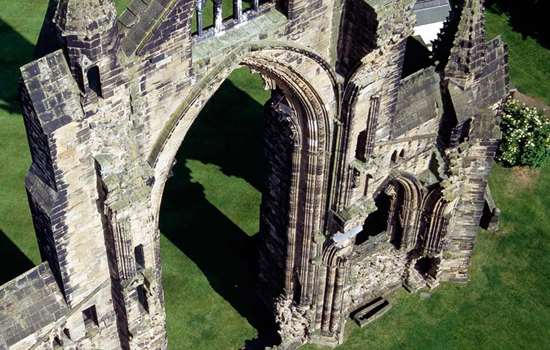Search Results
1711 results for publications
Page
GLADSTONE, William Ewart (1809–1898)
Blue plaque commemorating statesman William Ewart Gladstone at 11 Carlton House Terrace, St James's, London SW1Y 5AJ, City of Westminster.
Page
Blue plaque commemorating the former home of the art historian and broadcaster, Kenneth Clark, at 30 Portland Place in Marylebone, London W1B 1LZ.
Page
Blue plaque commemorating the former home of the art historian and broadcaster, Kenneth Clark, at 30 Portland Place in Marylebone, London W1B 1LZ.
News
Wellington Arch sculpture to shine again
The magnificent sculpture on top of Wellington Arch – one of London’s most famous landmarks – is being cleaned, repaired and re-waxed by a team of specialists as part of a major English Heritage conservation programme in partnership with Cif, one of the UK’s leading household cleaning brands.
Page
FRANKLIN, Benjamin (1706-1790)
Blue plaque commemorating statesman Benjamin Franklin at 36 Craven Street, Charing Cross, London WC2N 5NF, City of Westminster.
News
The shifting relationship between the British Isles and Continental Europe during the Neolithic and Bronze Ages will be revealed at Stonehenge tomorrow (Friday 12 October) as part of a new English Heritage exhibition curated in partnership with the British Museum. From a highly prized 6500-year-old jade axe to an elaborate gold neckpiece made around 4000 years ago, the stunning artefacts on display in Making Connections will highlight different periods of connection and relative isolation between the ancient British Isles and mainland Europe.
Page
History of Silchester Roman City Walls and Amphitheatre
A brief history of Silchester, originally a tribal centre of the Iron Age Atrebates, which became a large and important Roman town.
Page
With over a million items in our collection stores, we urgently need your help to protect England's stories and to stop them being lost forever.

Property
The ruins of an Augustinian priory founded by the Bruce family, afterwards Kings of Scotland. They are dominated by the dramatic skeleton of the 14th-century church's east end.
